The importance of educating scientists
Academic mentorship is a very important part of the education and training of scientists, but it comes with its own set of unique challenges.

The following is the third installment in a five-part series on the core issues facing academic science today that will comprise the foundation of our first book, targeted for publication later this year.
- Part 1 – What science should look like in practice
- Part 2 – The biggest driver of scientific advances: people
Scientists set a very high bar and “facts” are actually quite rare. Rather, we consider answers to be “accepted” if there is a lot of data generated by a lot of different scientists using a lot of different tools that arrive at the same answer; “generally accepted, but likely to be refined” when there is less data generated by fewer scientists using a limited set of tools to arrive at close but not identical answers; or “still uncertain and very likely to change” when there is very little data generated by one or a handful of scientists, using a single or very limited set of tools to arrive at a possible answer where there wasn’t one before. Over time, scientists strive to reduce uncertainty and eventually arrive at generally accepted answers. It is actually very rare that scientists are so confident in the quality and reproducibility of a particular answer that they would brand it a fact.
As you can imagine, this process takes time and regularly requires generations of scientists to arrive at robust conclusions, making training and mentorship incredibly important to ensure the passage of information and techniques down through the generations. New scientists (students or trainees) train under more experienced scientists (professors or “principal investigators”) to learn how to perform scientific research. Historically, as the role of advisor or mentor at academic institutions became more commonplace within academic institutions, graduate programs were created to normalize and govern the practice of scientific training, and graduate degrees were created to award and recognize students who had achieved a sufficient level of research independence. This academic mentorship soon became the bedrock of education and training, but it is accompanied by a substantial power dynamic between two people that is vulnerable to disagreement, conflict, and abuse. Over the years, academic institutions have tried to establish rules and regulations to avoid the latter while retaining the benefits of mentorship, although what constitutes “good” and “bad” in these relationships has evolved considerably as well.
The goal of all of this wrangling about how we educate and train scientists is to facilitate a greater understanding of the natural world, because this enables societal progress. Discoveries like the wheel, paper, electricity, or antibiotics have created tremendous social value by enabling transportation, communication, energy, and healthcare. These advances have shaped society and improved our quality of life and longevity. Indeed, the very recent application of the scientific method to healthcare has significantly extended the average human lifespan from about 45 years through all of human history and up until the 1900s, to roughly 78 years today (and growing!). That is a three-decade increase in ~100 years, and we continue to gain about one year of life for every six years of basic research investment.
However, scientific discovery is not cheap. How we shoulder this cost will be the focus of our next post.
Featured Jobs
- Law - Assistant or Associate Professor (International Economic Law)Queen's University
- Psychology - Assistant ProfessorSt. Jerome's University
- Education - Indigenous Lecturer or Assistant Professor, 2-year term (Teacher Education)Western University
- Nursing - Assistant Teaching ProfessorOntario Tech University
- Division Chair/Division Head/Chief and Academic Vascular SurgeonWestern University



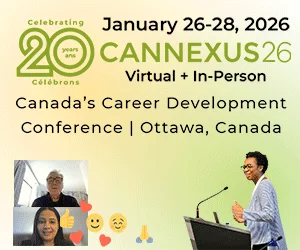
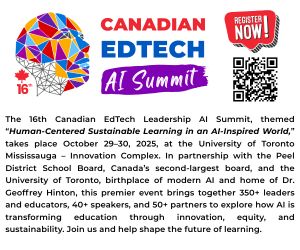
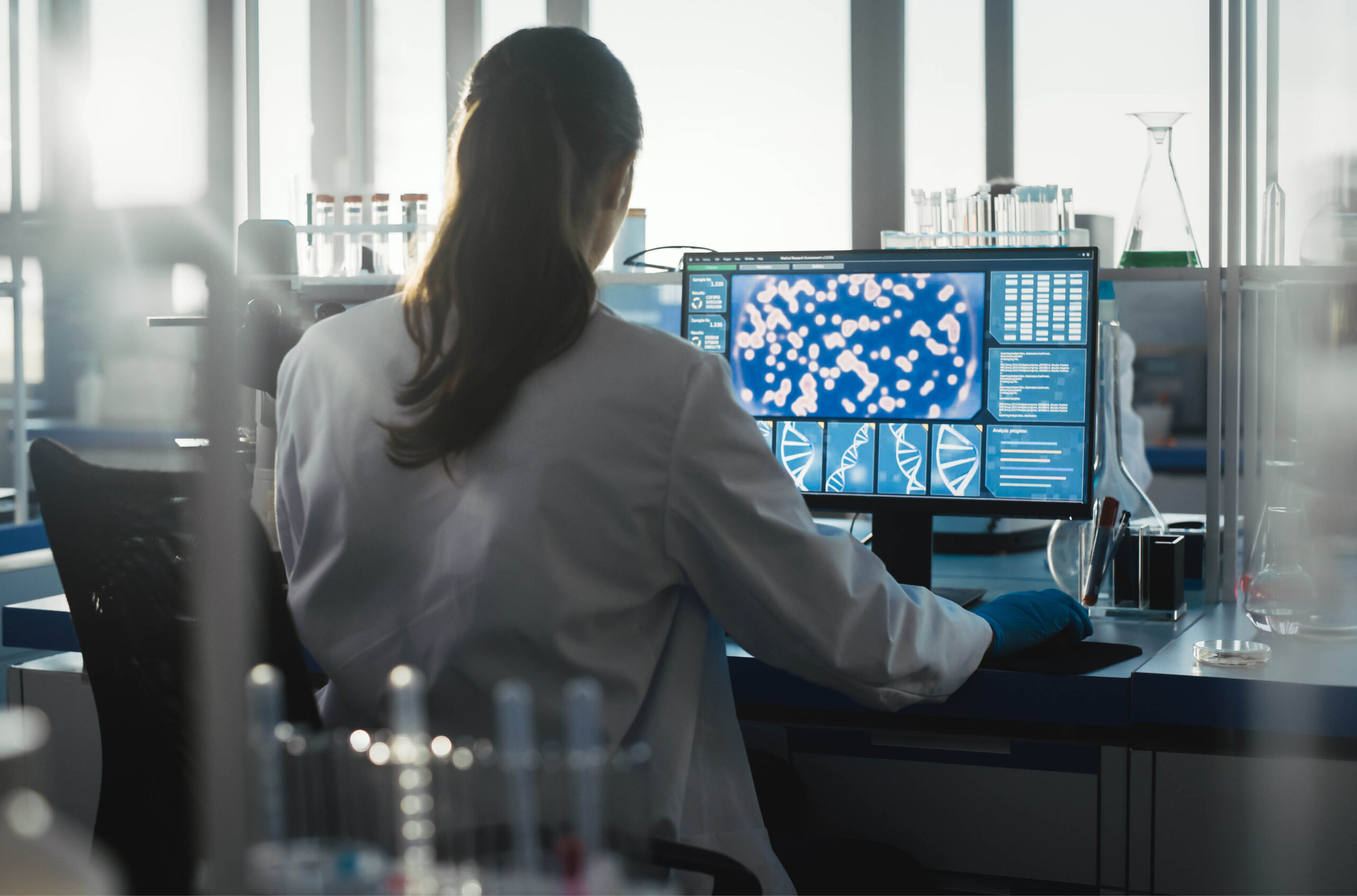

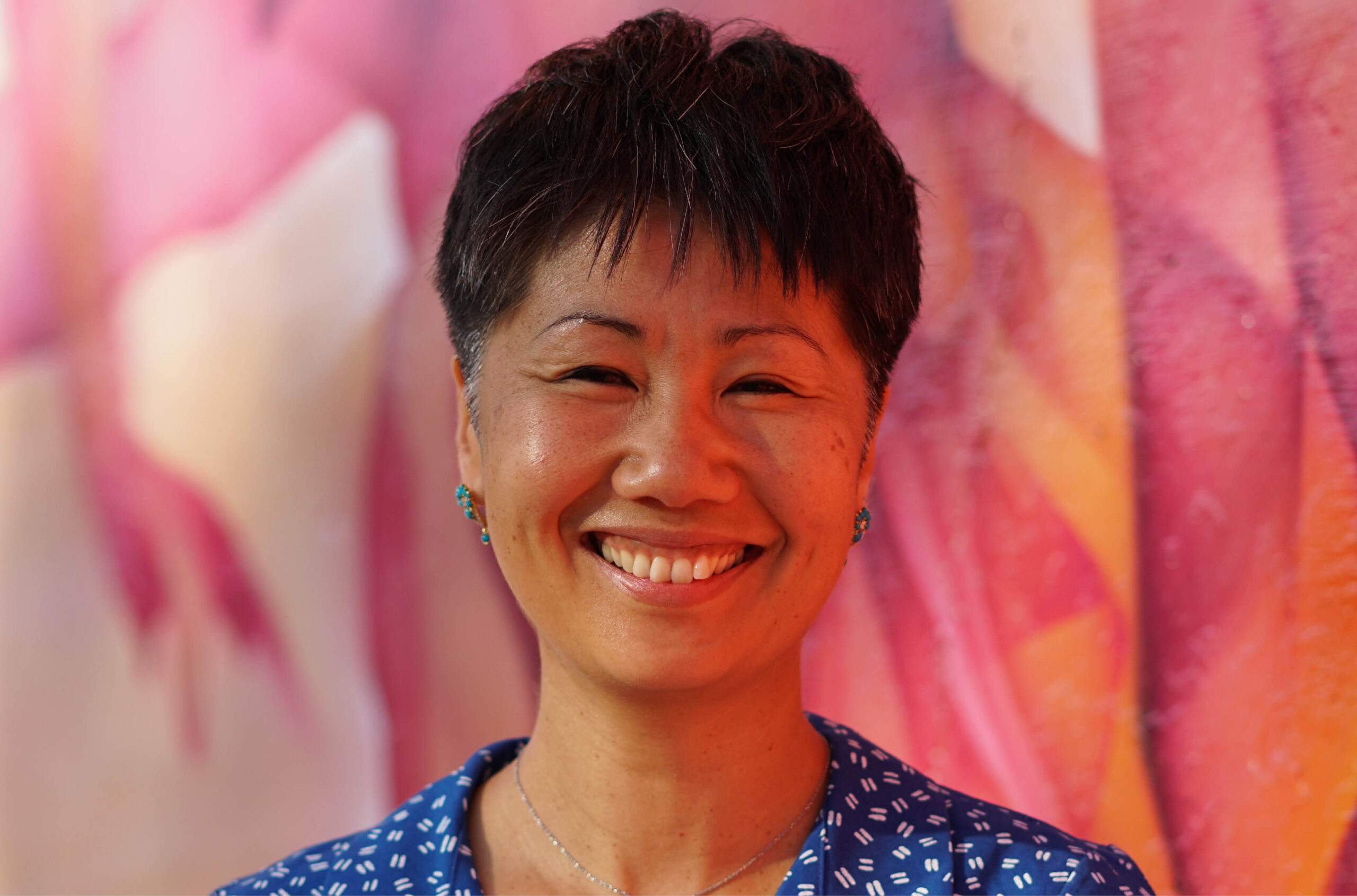

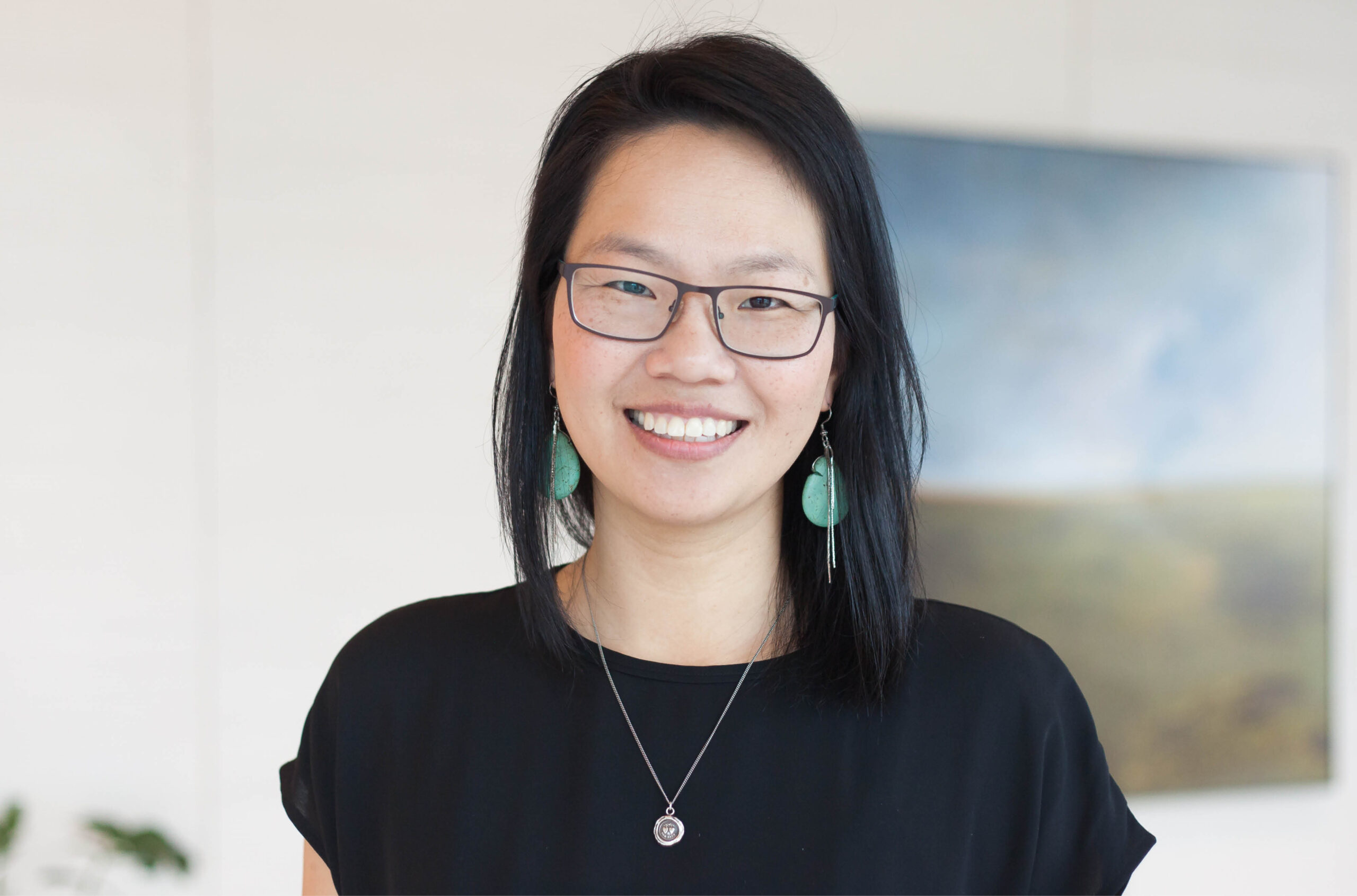

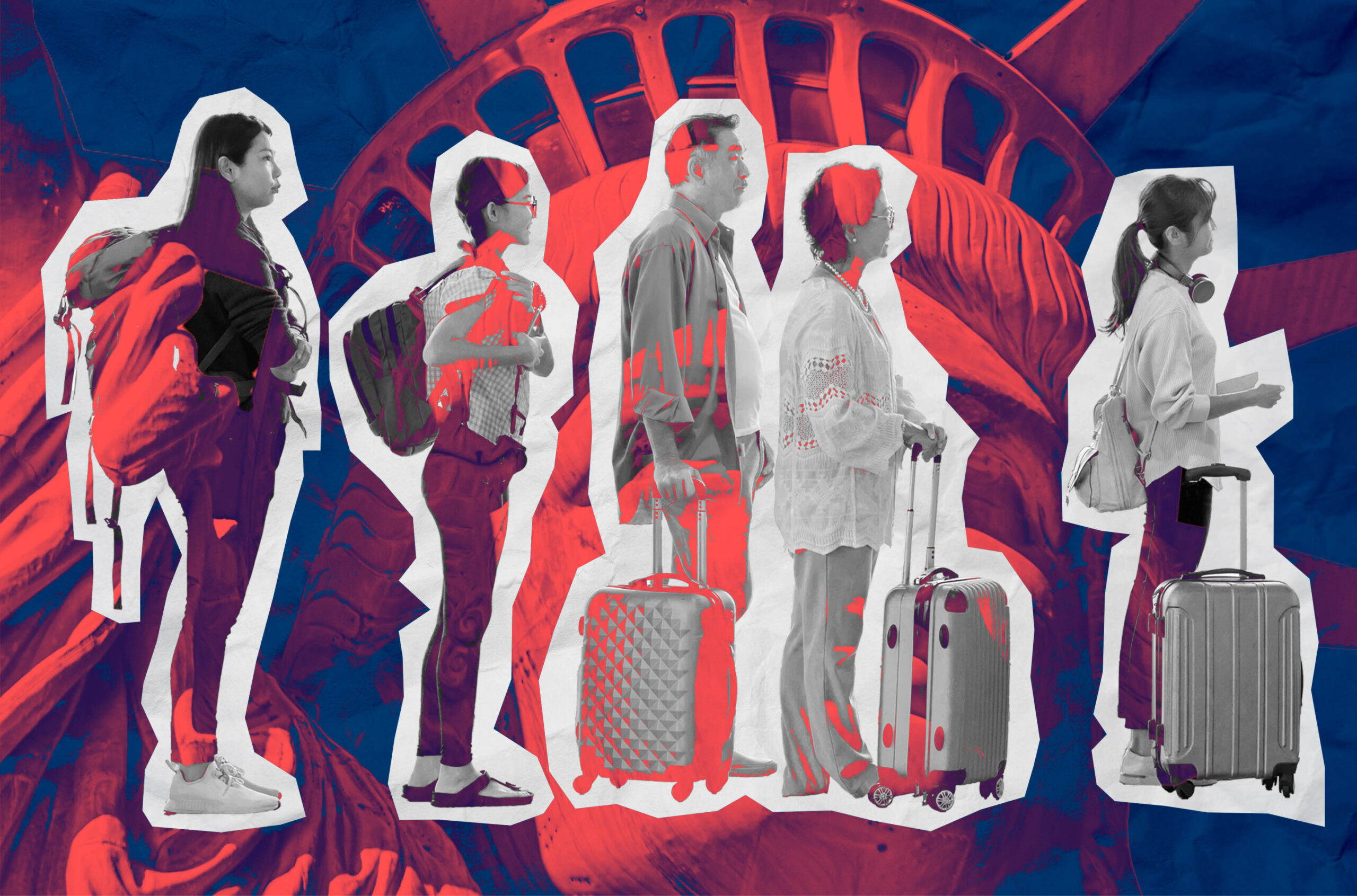





Post a comment
University Affairs moderates all comments according to the following guidelines. If approved, comments generally appear within one business day. We may republish particularly insightful remarks in our print edition or elsewhere.